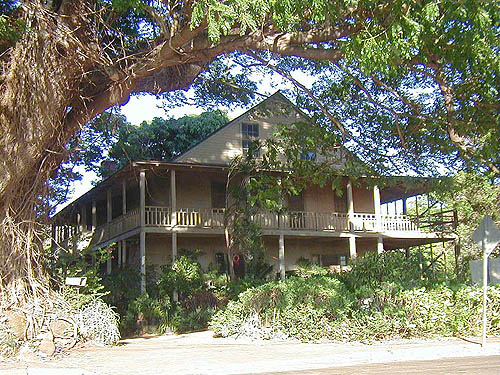What is a Historic Structures Report and When Do You Need One?
A Historic Structures Report (HSR) is a widely used preservation tool, ideally an important first step, toward obtaining maximum knowledge about a structure in order to help maintain and/or preserve it.
HSRs are generally commissioned by a property owner for an individual building and its site that is historically and/or architecturally significant. The report documents physical information about a structure’s history, significance, composition and existing condition. It includes recommendations for the most appropriate approach to treatment for the repair and/or maintenance of the property and outlines the scope of suggested work to be done. It can also include information about the owner or management goals for the current use of the property.
What information is collected?
A variety of sources comprise the report and research. These usually include a preliminary walk-through as well as physical records such as architectural blueprints, record photography and archival documentation and a survey of the existing condition of the property as it relates to interior and exterior architectural elements and mechanical and structural systems. The site is also evaluated for its historical significance. Discussion with the owner and users about current and future uses is an important part of the process. As additional information is learned relevant to the history of the building, and as work on the historic structure is implemented, the report can be amended and supplemented. The size and complexity of a property will determine how extensive the HSR will be.
How is it used?
HSRs provide comprehensive documentation of a site and help determine work recommendations for its preservation, guide budget needs and serve as a scheduling tool for work to be done.
Who prepares the HSR?
A collaborative team of professionals with expertise in different areas contributes to a more robust and accurate assessment. For example, an architect and architectural historian (and possibly landscape architect) to assess and document the site and structural, mechanical and electrical engineers to appraise these elements. The complexity of the site and the potential use for the report will help determine its breadth.
How much do they cost?
Cost varies based upon several factors such as the level of significance of property; treatment and use; availability of information about the resource; location and ease of accessibility; size and architectural character; physical condition of the structures; type of final report that is required.
Source: National Park Service Preservation Brief 43 by Deborah Slaton https://www.nps.gov/tps/how-to-preserve/briefs/43-historic-structure-reports.htm#report


